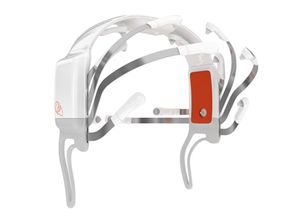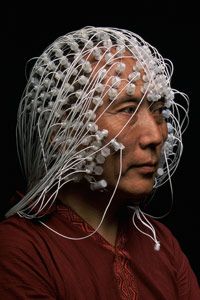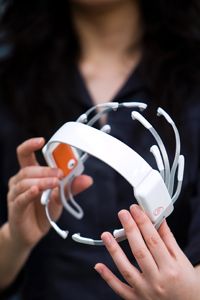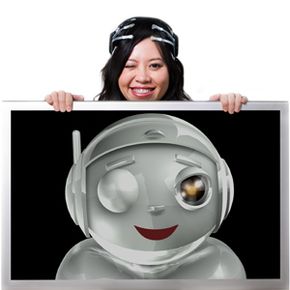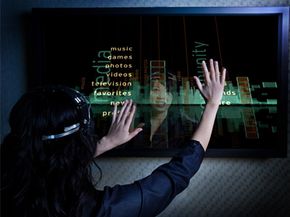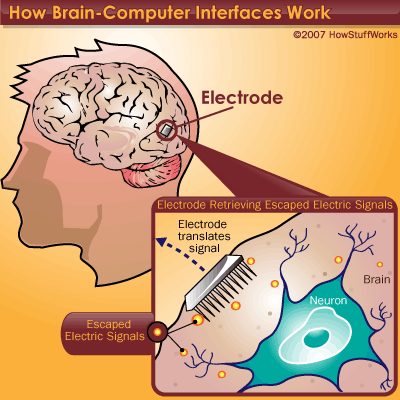Video game developers constantly strive to make their games more realistic, both in terms of visuals and (perhaps most importantly) game-player interaction. Players want to be able to do more in their virtual worlds. While in the past this has led to more complicated joystick controllers that look like they'd take a week to master, the tide is turning. Developers are responding to the desire for a more intuitive interface to match the lifelike alternate reality. The Nintendo Wii, for instance, revolutionized the gaming industry with simple-looking joysticks that interpret movement. But now, the Emotiv EPOC is taking the next radical step.
Far from the complicated controllers of other systems, the controller the Emotiv EPOC uses is one you've been familiar with all your life. No, we're not referring to your beloved Atari Pong paddles -- we're talking about your brain. The EPOC uses a headset that actually picks up on your brain waves. These brain waves can tell the system what you want to do in your virtual reality. In other words, you think "lift," and a virtual rock actually levitates on the screen.
Advertisement
For every Star Wars fan who's ever fantasized about having the Force of Jedi Knighthood, this is a sort of dream come true. Now, mere thoughts can translate into actions (albeit virtual actions). This might sound too space-age and incredible to be true, but the basic technology behind the Emotiv EPOC is decades old.
But before we delve into how the EPOC itself works, we'll take a look at your brain. First, we'll peer into the brain to see exactly what brain waves are and how machines are able to read and interpret them accurately. Then, we'll see how Emotiv has adapted the technology for the gaming world. And finally, we'll talk about the implications and applications of thought-controlled technology.
Advertisement
